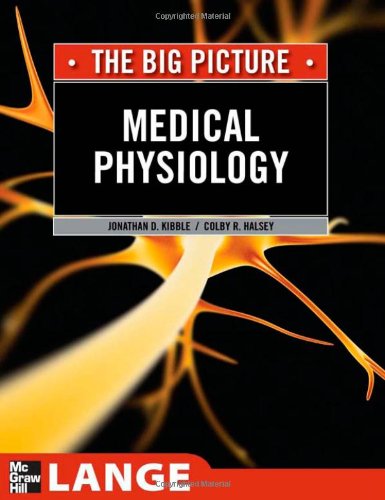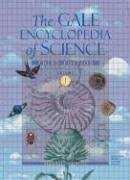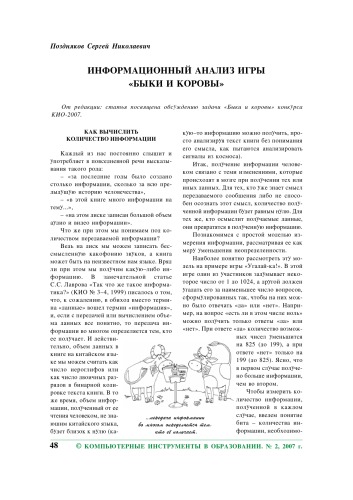- 2 402 202 книги
- Поиск
libcats.org










How to Survive Peer Review
Elizabeth Wager, Fiona Godlee, Tom JeffersonDescription: This is a practical guide to major forms of peer review suitable especially for the beginner, but also helpful to the experienced researcher. It provides a simple and concise explanation of the peer review process with useful tips both for the reviewer and reviewee. The use of somewhat humorous tables drives home the major points.Purpose: This is intended as a practical handbook to help the reader survive peer review and become a competent reviewer. These are worthy objectives because this is a fundamental process in academic research. The authors are effective in meeting these goals.Audience: This book is directed at people at various levels of medical training. Anyone submitting to peer reviewed journals, particularly beginners such as students, residents, fellows, and junior faculty should find this book very helpful. However, there are some useful and practical tips that even more senior faculty would benefit from.Features: Covered is peer review of journal articles, conference abstracts, grant proposals, professional peer review, and informal review from the point of view of the reviewer and reviewee. The discussion on peer reviewed journals is particularly helpful and thorough. The major shortcoming I found is the omission of the discussion of preliminary data for grant submissions. It is not mentioned at all and yet is critical to the acceptance of grants.Assessment: This book succeeds admirably as an enjoyable, informative, and practical handbook of peer review. Although I have experience in the journal review process, this book is the first one of its kind that I have encountered. I have benefited from reading it and wish that I had access to it earlier in my career. This would be useful addition to every medical school bookstore and library. It could be used as a text in courses on research design and process.
EPUB | FB2 | MOBI | TXT | RTF
* Конвертация файла может нарушить форматирование оригинала. По-возможности скачивайте файл в оригинальном формате.
Популярные книги за неделю:

Проектирование и строительство. Дом, квартира, сад
Автор: Петер Нойферт, Автор: Людвиг Нефф
Размер книги: 20.83 Mb

Система упражнений по развитию способностей человека (Практическое пособие)
Автор: Петров Аркадий НаумовичКатегория: Путь к себе
Размер книги: 818 Kb

Сотворение мира (3-х томник)
Автор: Петров Аркадий НаумовичКатегория: Путь к себе
Размер книги: 817 Kb

Радиолюбительские схемы на ИС типа 555
Автор: Трейстер Р.Категория: Электротехника и связь
Размер книги: 13.64 Mb

Medical Physiology: The Big Picture
Автор: Jonathan Kibble, Автор: Colby Halsey
Размер книги: 171.74 Mb
Только что пользователи скачали эти книги:

Chalker, Jack L. - Well of Souls 03 - Quest for the Well of Souls
Автор: Chalker Jack L
Размер книги: 644 Kb

The GALE Encyclopedia of Science
Автор: K. Lee Lerner, Автор: Brenda Wilmoth Lerner
Размер книги: 24.70 Mb

Информационный анализ игры ''Быки и коровы''
Автор: Поздняков С.Н.Категория: Информатика и ИКТ
Размер книги: 257 Kb

Psychological Aspects of Social Axioms: Understanding Global Belief Systems
Автор: Kwok Leung, Автор: Michael Harris BondКатегория: Психология
Размер книги: 3.07 Mb

Теория литературы. Поэтика. Стилистика
Автор: В.М. ЖирмунскийКатегория: КНИГИ ГУМАНИТАРНЫЕ НАУКИ
Размер книги: 4.55 Mb




